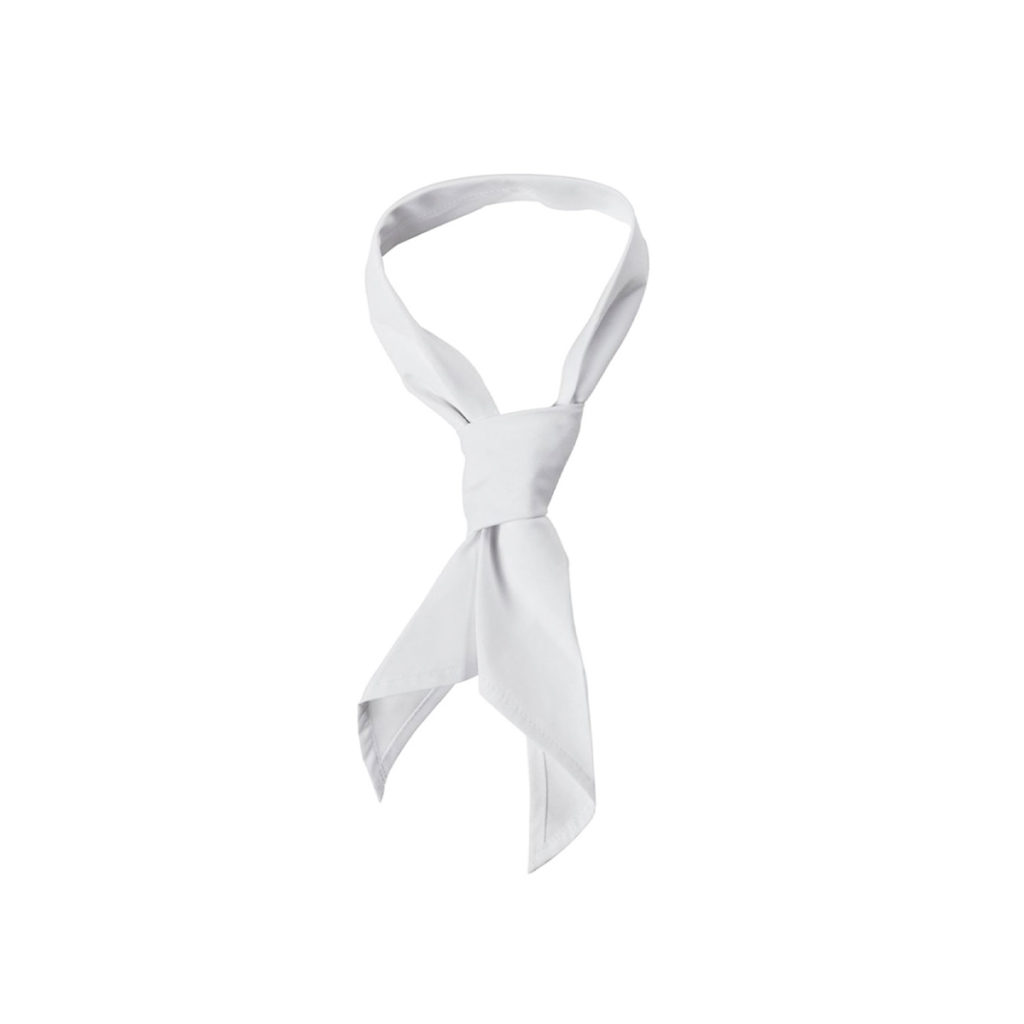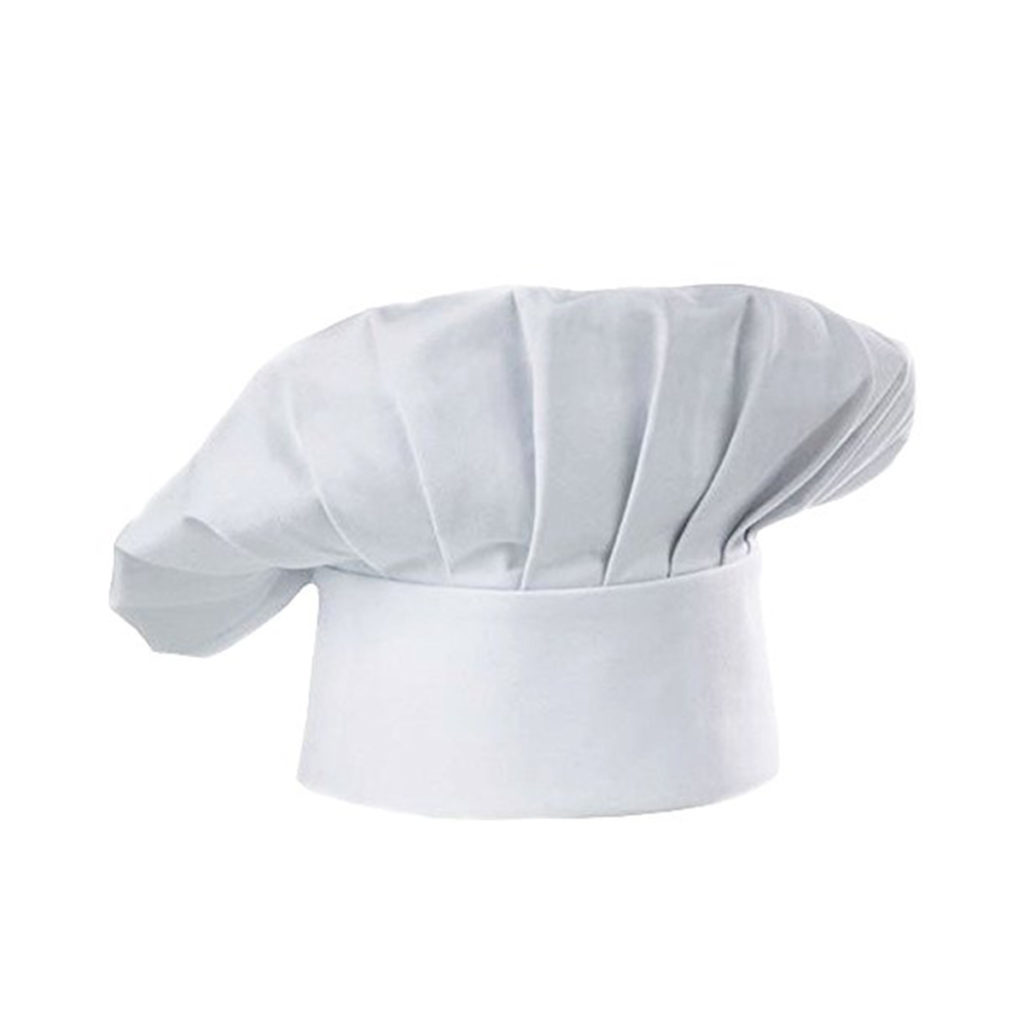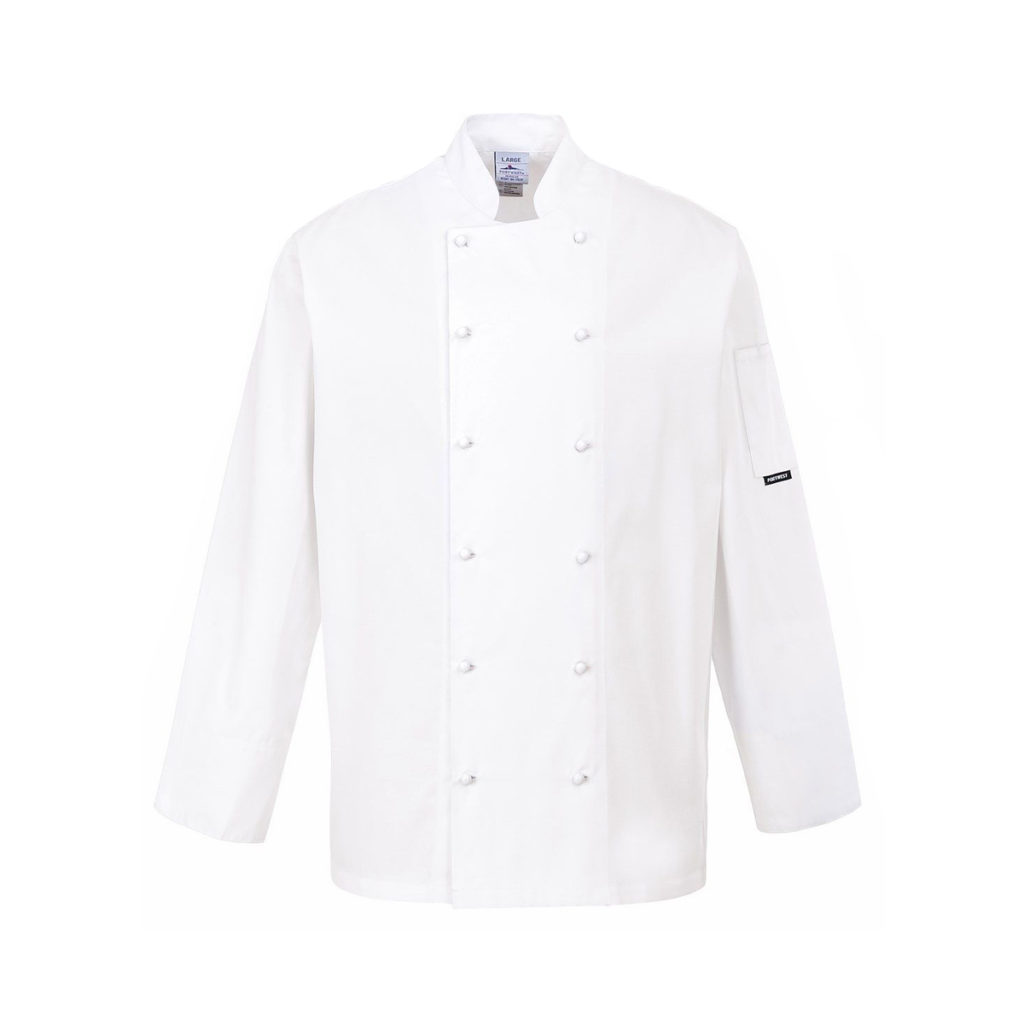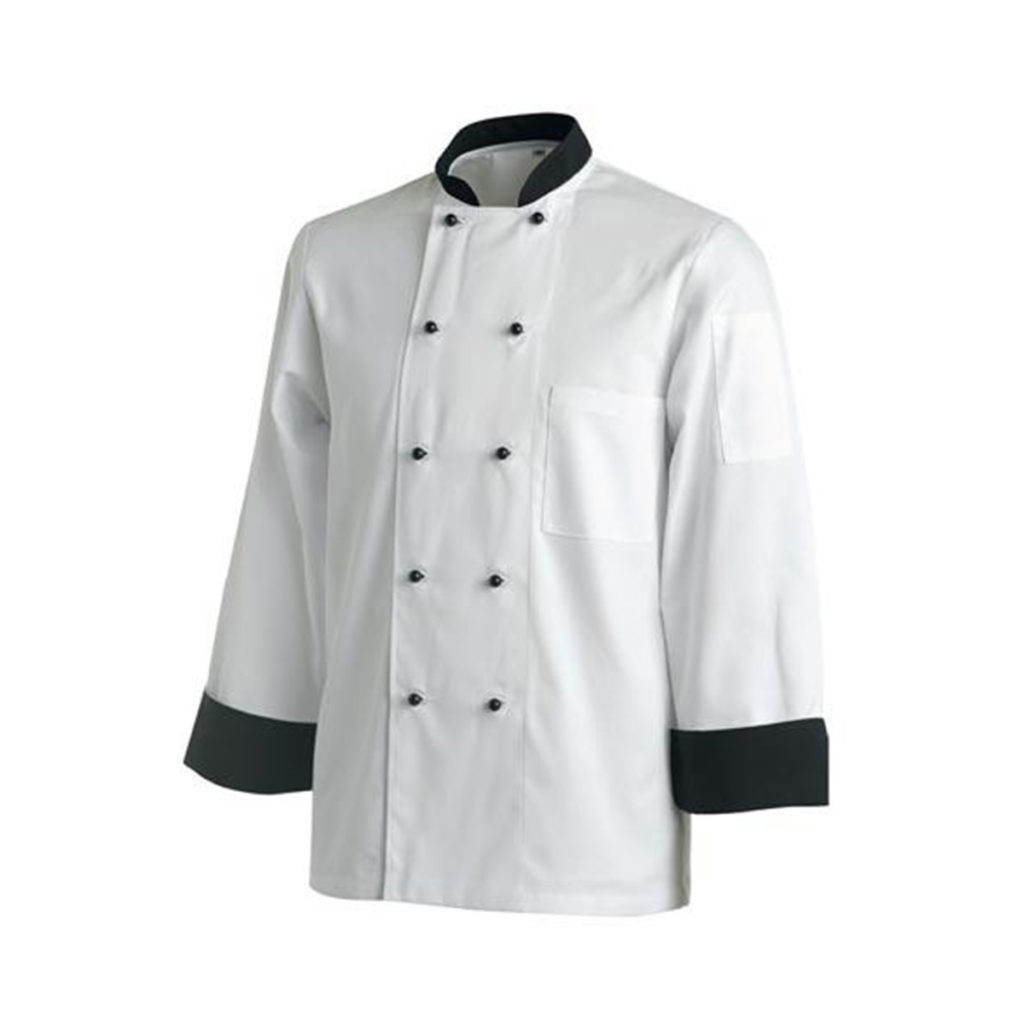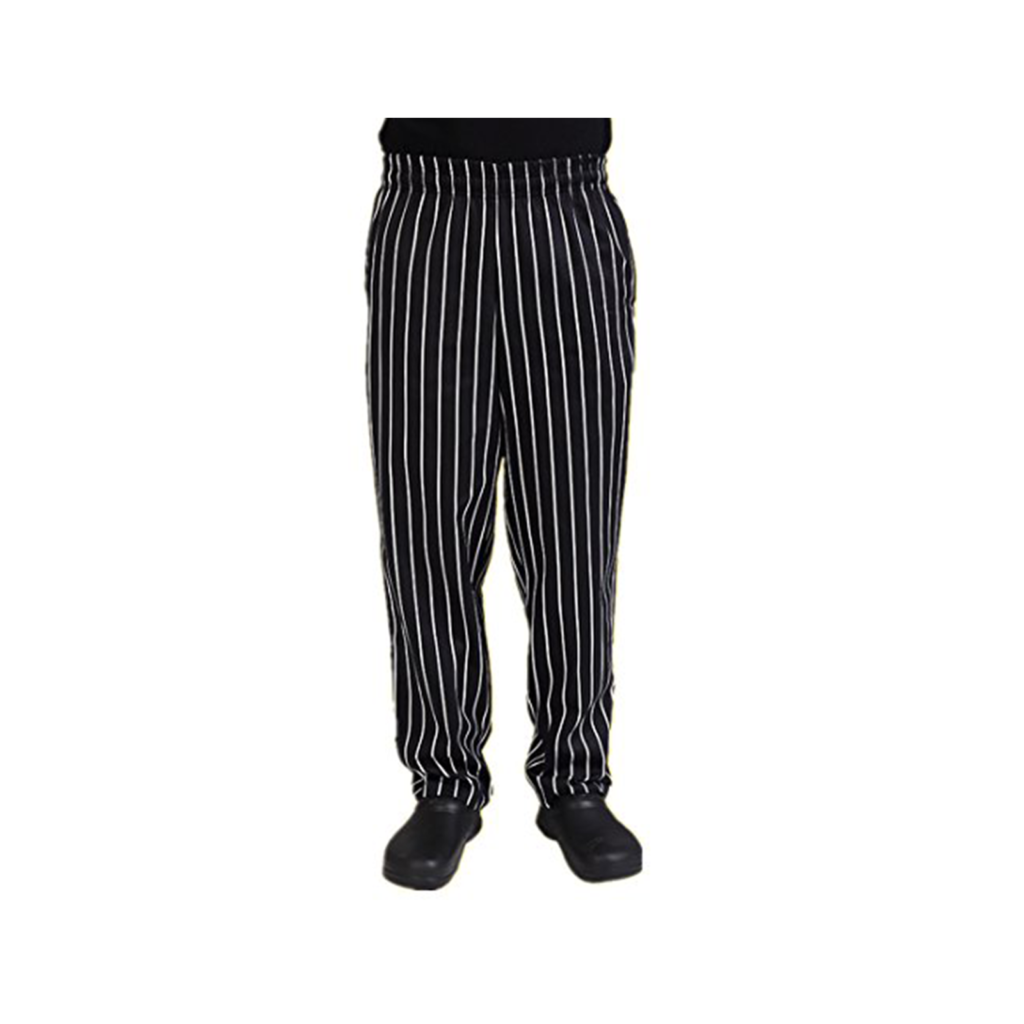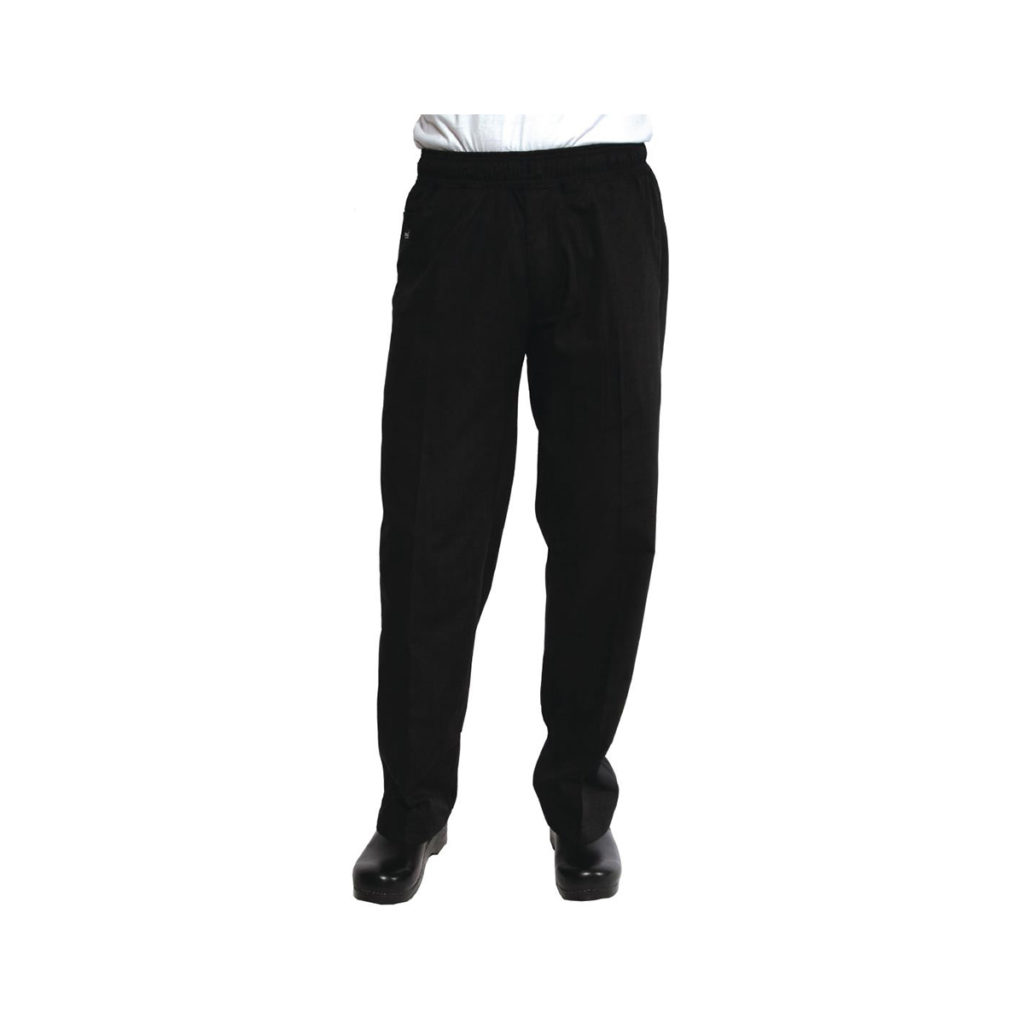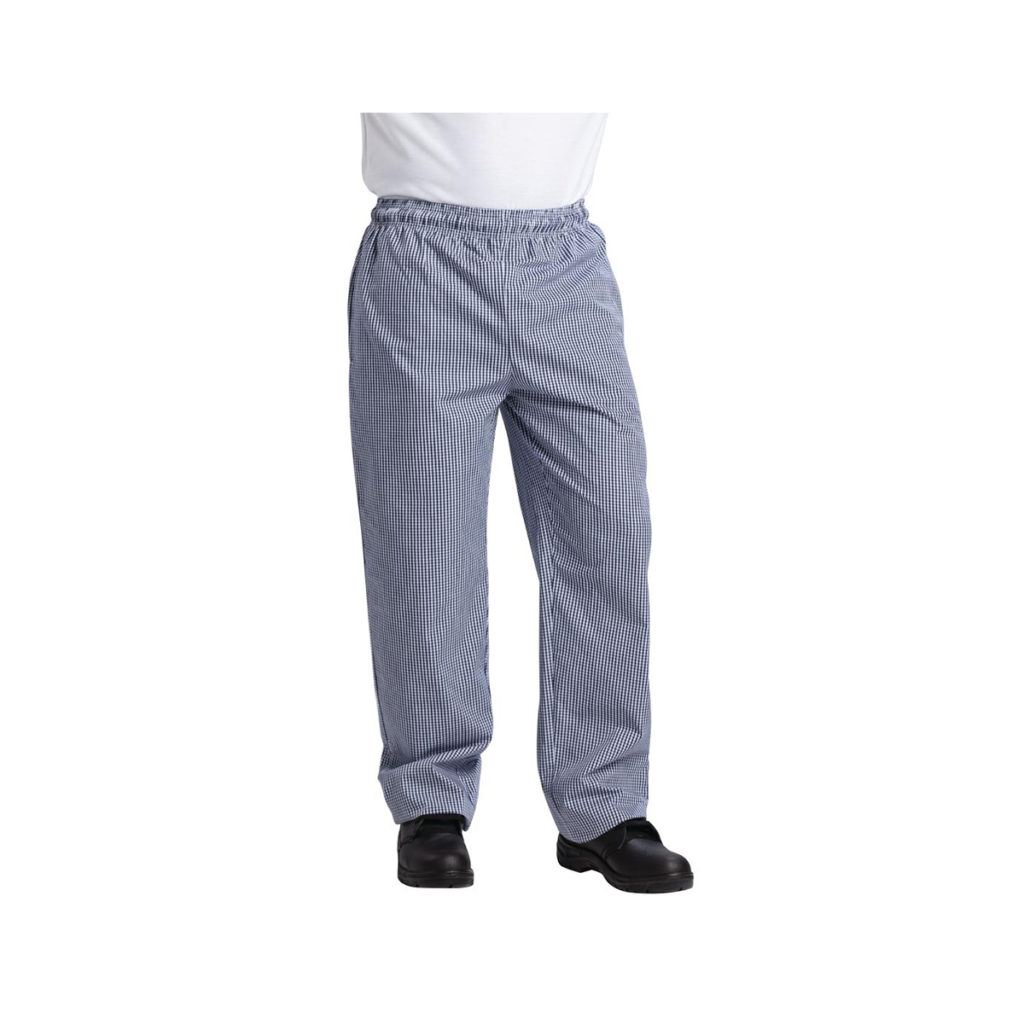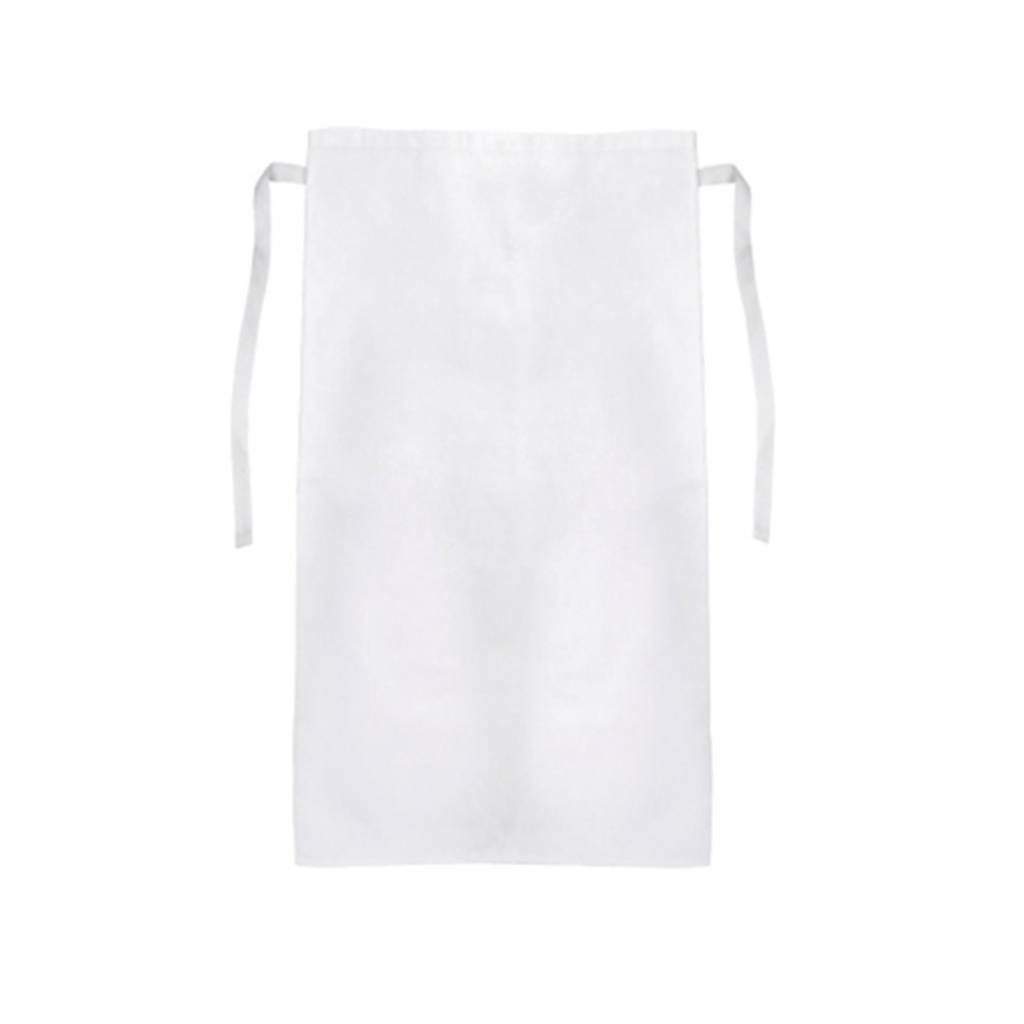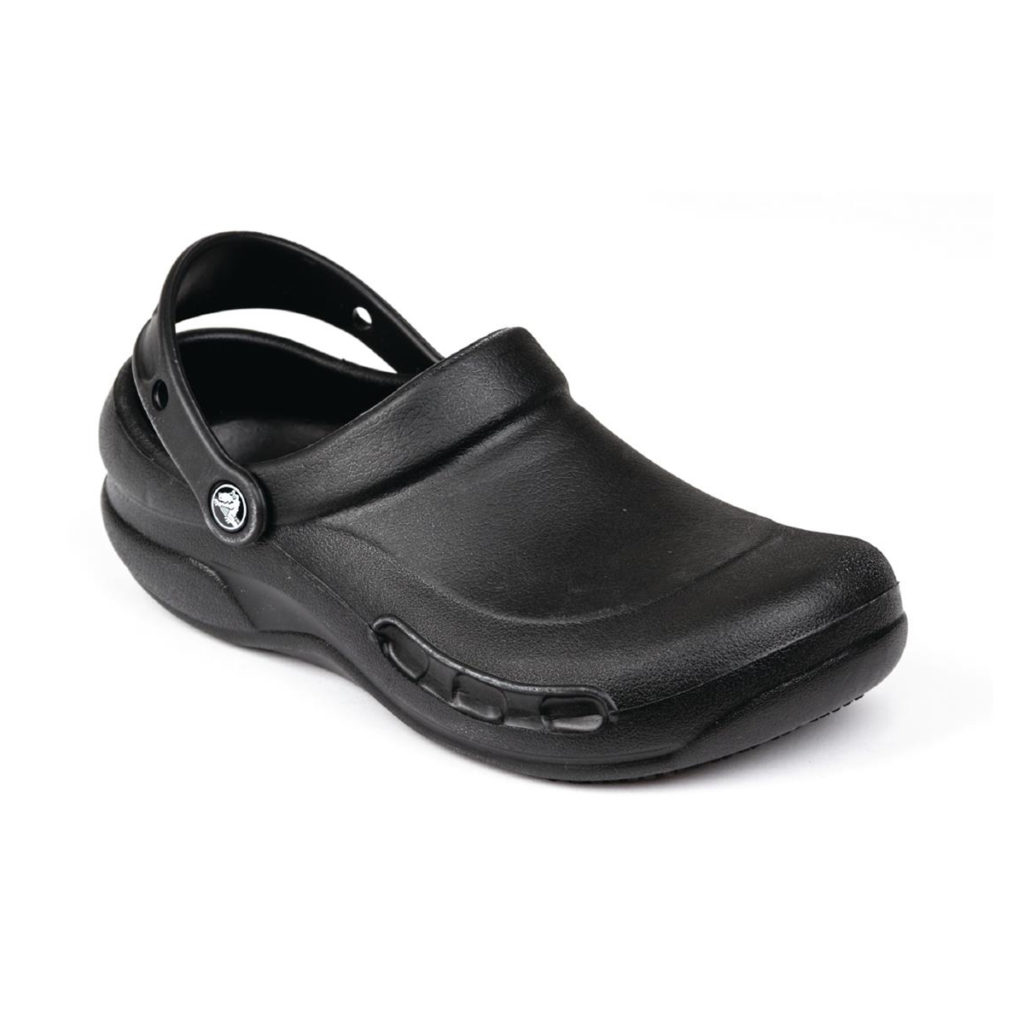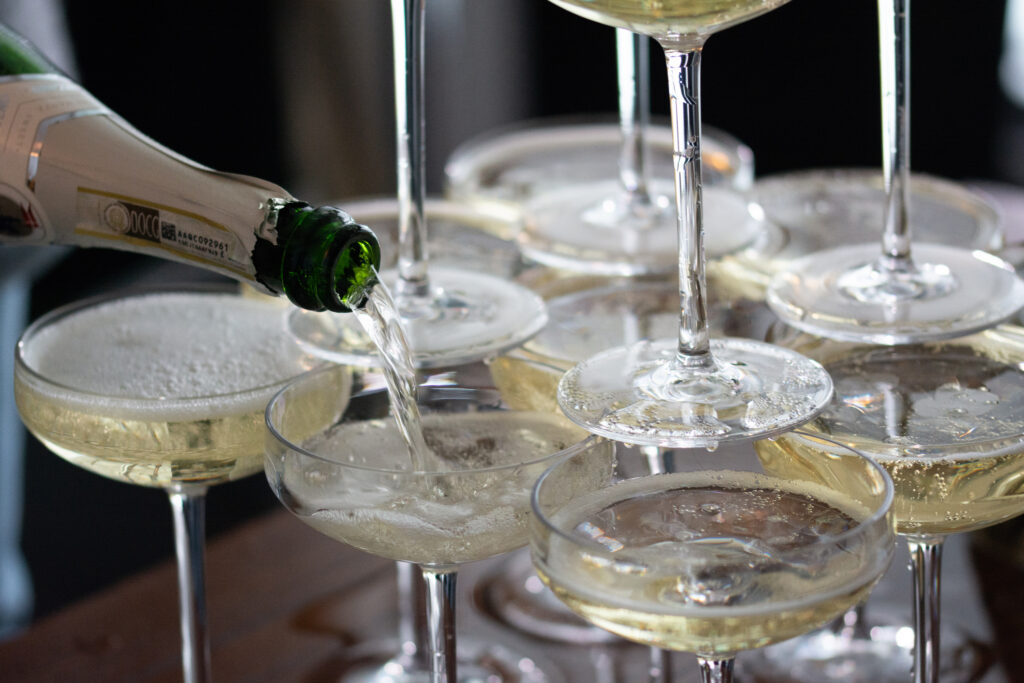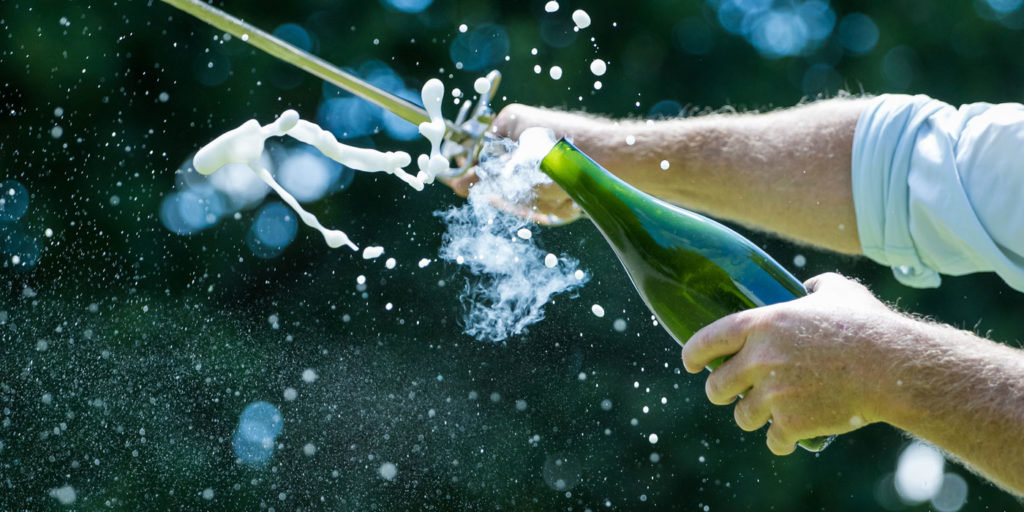
THE SOUS VIDE METHOD
Introducing sous vide cooking! Literally translating from French to “warm bath”, sous vide cooking combines the mystery of the culinary arts with the science behind it to produce consistent, professional results without the need for prior training. So, how does it work?

Don’t let the fancy French name fool you, cooking food sous vide is much easier than you think. This practice has long been used in professional kitchens for preparing steak as well as a range of other meals. Basically, it involves cooking food in a vacuum-sealed bag submerged in water that is held at a constant temperature. This way moisture isn’t lost and the food cooks evenly in its own juices for the most succulent results.
The reason this method has been largely confined to fine dining kitchens is that sous vide equipment used to be very expensive and cumbersome, but now the technology has been simplified and adapted for commercial use. With a sous vide circulator and bath, you can bring the taste and skill of the best steakhouses to the comfort of your kitchen.
WHY TRY SOUS VIDE?
Sous vide results are simply just better. Thanks to a constant temperature, you will get an even cook throughout your product and because it’s vacuum-sealed, it retains all of its natural juices. It’s also healthier because it retains nutrients and leaner because you use less oil. Check these comparisons to see how sous vide lives up to traditional cooking methods.


As you can see from the sous vide salmon on the left it’s perfectly cooked from edge to edge. It also retains a beautiful translucent pink colour and a delicate, flaky texture. The traditional pan-cooked salmon on the right suffers from being overcooked due to the pan temperature being higher than the target temperature, resulting in a dry product.


The same can be said of the sous vide steak on the left. You can easily see how beautifully it’s been cooked from edge to edge, whereas the pan-cooked steak has overcooked edges. Another significant difference to note is that the volume and mass of the pan-cooked steak are severely diminished because of a loss of moisture.


You can even cook eggs sous vide style and again the results are phenomenally consistent. If you want a perfectly poached egg for every breakfast, you can easily do so with the precise cooking sous vide appliances offer you. To prepare food sous vide style, you’ll need a circulator, a warm bath, vacuum-sealable bags and some method to vacuum seal, like a vacuum sealing machine.
The first step of the process is vacuum sealing whatever it is you’re planning on cooking. Once, your product has been sealed, you can set the temperature and time on your sous vide circulator and bath. Simply pop the bag in the water, there is no need to check on the product as the circulator ensures that your product gets an even cook over consistent temperature. Once the cooking time has elapsed, remove the product from the bag and finish it off with a quick sear in the pan for that extra caramelised flavour.
BEST FOODS FOR SOUS VIDE
There are so many different types of food that are suitable to cook sous vide but some benefit more from the process than others. For instance, tougher cuts of meat completely transform when cooked sous vide. The process effectively breaks down the tough proteins to give you a super tender result. Below you will find a list of Core Catering Supplies’ favourite foods to cook sous vide.
FISH
The flesh of fish is delicate and easily overcooked, which makes it a perfect option to cook sous vide. The process allows you to retain the beautiful colours of your fish as well as its soft texture. Thanks to the precise cooking you can get from the sous vide method, you can cook fish more safely and more deliciously.

STEAK
As we’ve mentioned, cooking steak perfectly can be tricky, but sous vide makes it so easy. The biggest problem with traditional cooking methods is that it easily dries it out your meat, however, because the sous vide method houses the steak in a vacuum-sealed container, it cooks in its own juices. You can even transform a cheaper, tougher cut of meat into a deliciously tender steak through sous vide cooking as it finely breaks down those tough proteins.

VEGETABLES
The list of vegetables that you can cooks sous vide is near endless but the reasons behind the method are pretty consistent – health, flavour and texture. When you cook vegetables sous vide you retain their beneficial nutrients making the food healthier than traditional methods that can easily denature and diminish the nutritional value of vegetables. Root vegetables do particularly well following this method as well as artichokes, asparagus, green beans, broccoli, cauliflower, eggplants, Brussels sprouts, onions and fennel.

TOP SOUS VIDE RECIPES
Now that you know a little bit more about sous vide, it’s time to try them out. What better way than through Core Catering Supplies’ favourite, tried and tested, sous vide recipes below:

SHRIMP
INGREDIENTS
- 700g shrimp
- 2.5ml baking soda
- Salt
- Olive oil (optional)
- Aromatics such as garlic, shallots, tarragon and parsley (optional)
DIRECTIONS
Set your sous vide circulator and bath to your desire temperature. We recommend somewhere between 52°C to 60°C. The lower range gives you a semi-raw cook with a soft buttery texture while the higher range gives you a traditional poached texture.
Toss the shrimp, baking soda and salt together in a large bowl and vacuum-seal. If desired, you can add aromatics and olive oil for flavour.
Place in the preheated sous vide bath and cook for at least 15 minutes up to 1 hour.
Once cooked, remove from the bag and serve.

STEAK
INGREDIENTS
- 1 steak
- Salt and pepper
- 2 fresh sprigs of thyme
- 15ml canola oil
- 15ml butter
DIRECTIONS
Preheat your sous vide circulator and bath to 54.4°C (this will give you a medium-rare cook) or another desired temperature.
Liberally season the steak on both sides with salt and pepper. Place a sprig of thyme on either side of the steak and vacuum-seal it in a vacuum-sealable bag.
Cook in the water bath for about 1 to 3 hours (depending on your preferred level of doneness).
Remove from the bath and let the steak rest for about 10-15 minutes. Then remove the steak from the bag and pat dry with a paper towel.
Finish off the steak by searing either side in a skillet with the canola oil for 30 to 40 seconds, using the butter as a basting throughout.
Cut and serve immediately.

HALIBUT
INGREDIENTS
- 4 halibut fillets
- Salt and pepper
- Fresh herbs like thyme, parsley or dill (optional)
- Aromatics like shallots or grated citrus zest (optional)
- 4 tablespoons unsalted butter, divided
DIRECTIONS
Season halibut with salt and pepper on either side. Place each portion in a single layer inside a vacuum-sealable bag along with desired aromatics, fresh herbs and some butter. Refrigerate for at least 30 minutes to overnight.
Preheat your sous vide circulator and bath to your desired temperature. We recommend somewhere between 49°C to 60°C for the best results.
Remove the bag from the fridge and vacuum-seal. Place it in the heated waterbath and cook for 30 to 45 minutes.
Once cooked, remove from the bag and pat it dry with a paper towel.
Finish off the halibut by searing one side in a skillet with the butter for 30 to 45 seconds. Flip over and sear the other side for 15 to 30 seconds.
Cut and serve immediately.

PORK CHOPS
INGREDIENTS
- Porckchops
- Salt and pepper
- Fresh herbs like thyme (optional)
- 15ml butter
- 15ml canola oil
DIRECTIONS
Preheat your sous vide circulator and bath to your desired temperature. We recommend somewhere between 54°C to 71°C for the best results.
Season chops with salt and pepper and vacuum-seal them along with the fresh herbs in a vacuum-sealable bag.
Place the bag in the water bath and cook for 1 to 4 hours (depending on your preferred level of doneness).
Remove the pork from the bag and pat dry using paper towels.
Finish off the chops by searing either side in a skillet with the canola oil for 45 seconds, using the butter as a basting throughout.
Cut and serve immediately.

ASPARAGUS
INGREDIENTS
- 1 bunch asparagus
- Salt and pepper
- 30ml olive oil or unsalted butter
- Zest and juice of 1 lemon
DIRECTIONS
Preheat your sous vide circulator and bath to 82°C.
Wash and prepare the asparagus. Then place the whole bunch in a vacuum-sealable along with the olive oil and pepper, and vacuum-seal it.
Submerge in the water bath and cook for about 6 to 10 minutes depending on the thickness of the asparagus.
Once cooked, remove the asparagus from the bag and season with salt, zest and lemon juice.
Serve immediately.

CARAMEL FLAN
INGREDIENTS
- 710ml whole cream milk
- 415ml condensed milk
- 4 eggs
- 250ml granulated sugar
- 125ml water
DIRECTIONS
First, prepare the caramel by mixing the sugar and water in a small saucepan over high heat, and bring to a boil. Reduce to a low-medium heat and simmer for 7 minutes until dark, golden brown.
Remove from heat and divide into 4 mason jars. Set aside and cool the caramel uncovered.
Then, prepare the flan by first boiling the milk over medium-low heat until it reduces by half. Once cooled, whisk it together with the condensed milk. Vacuum-seal the mixture in a vacuum-sealable bag and cook in your sous vide circulator and bath for 30 minutes at a preheated temperature of 63°C.
After cooking, open the bag, strain the contents and set it aside to cool.
Place the cooled contents in a mixing bowl and blend together with the eggs until fully combined. Remove any chalazae and firm yolk particles and pour the mixture into your caramel-filled mason jars.
Tightly seal the jars and place them directly in your sous vide circulator and bath for 45 minutes at a preheated temperature of 83°C.
Once cooked, unseal the mason jars and place them upside down on a plate. If the flan doesn’t slide out by itself, run a small knife along the inside of the jar to loosen it and voila, it’s ready to serve.
























































